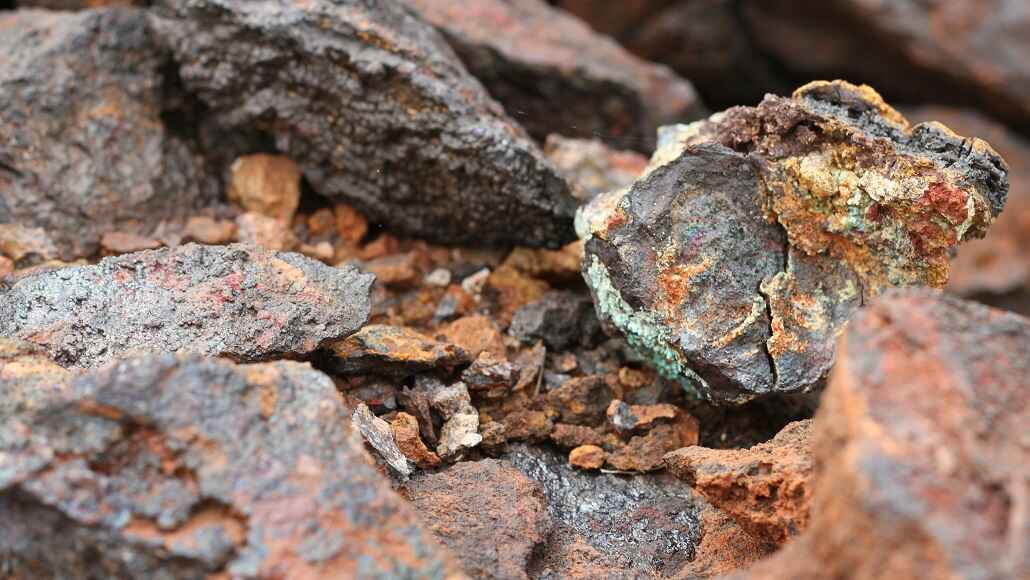To achieve results-orientated reliability and maintenance, plants must realise that production is a partnership between operations, maintenance, stores and engineering.
Maintenance is traditionally viewed as a service organisation; operations as the internal customer of maintenance, stores support maintenance and engineering as an isolated ‘happy island’. It is better to view them as partners in a joint venture to reliably produce quality products.
In this partnership, maintenance will deliver equipment reliability, operations will deliver production process reliability, stores support maintenance and engineering will support both maintenance and operations and practice lifecycle costs (LCC) or asset management in its design, specification and selection procedures for new equipment. This means that equipment selection will be based on the cost to buy and cost to own. The concept includes reliability and maintainability analyses.
Recognition
Most maintenance organisations receive recognition when they have fixed a major breakdown, but seldom from prevention. Although good work should be recognised, it sends the wrong message if it is the only time maintenance people gain recognition. This fosters a culture of maintenance staff who become action-orientated and are nearly impossible to convert to planned, scheduled and organised maintenance work. They may be more motivated by overtime compensation (it is about 74% likely that breakdowns and overtime will occur when the full crew is offsite); however, this is changing quickly as the Y-generation values time off more than higher pay.
The right things to do
The following are some practical tips to help develop high performing organisations.
Work management and planning and scheduling
Most frontline supervisors schedule work to the people they have available, when they should schedule the actual work that must be done, almost always based on four people. In many cases, no fewer than two people are assigned to each job. This provides the supervisor with a resource buffer to use when adding to the schedule at short notice. In this set-up, scheduling compliance can wrongly appear to be very high. It is better to schedule work with real-time estimates and include problem-solving or thinking time. In a high performing maintenance organisation, 20% of all effort hours should be used on problem elimination or continuous improvement or ‘designing out maintenance problems’.
Prioritise work right based on risk and what is best for the business. Then schedule people to execute it.
Anticipation
Most plants have morning meetings to discuss events from yesterday and overnight, as well as today. The majority of time should be spent on what will happen tomorrow and next week. Although this sounds unreal, it can be done because very few problems occur, so little time needs to be spent on yesterday’s problems.
Following the same principle, the organisation should work on a monthly or weekly forecast and finalise the next day’s schedule about four hours before the end of each day. The schedule should be communicated to crafts people before they leave so they can prepare for tomorrow.
Flexibility
The 12 to 14-person craft line orientated maintenance organisation should not limit work flexibility to only work skills, to do a job safely. This will often require changes in union agreements and a focused training programme for crafts people. Experience indicates that if management presents a clear plan, it will be well-received.
Lost production analyses
Lost production analyses are often done only by classifying the lost production by department, for example, operations, mechanical maintenance, electrical maintenance, instrumentation. This procedure does not build a partnership between departments nor does it solve any problems. What needs to be done is to define the problem, solve the problem, and classify it by department, equipment, type of failure, etc. after the analyses have been done, and then institute a follow-up on how to solve the problem in the future.
Store room is closed
People in many maintenance organisations are wasting 20% to 30% of their time walking to the store/s and searching for parts. Plants should plan and schedule maintenance activities so that stores can prepare and deliver parts where they are needed and when they are needed. This will require a Bill Of Material (BOM) populated to 95%+ accuracy.
Technical documentation
All technical and economic information about equipment should be readily available. The equipment, loop or circuit number should be the key to this information. At a minimum, all parts should be tied to equipment identification in the BOMs. The lack of good and reliable documentation is one tenet planners do not have time to plan.
Maintenance shift coverage
Most continuously operating plants have maintenance resources covering the late shifts. Some plants still have a maintenance supervisor on each shift. Ideally, a plant should operate without maintenance people. The plant should operate 16 hours without major maintenance problems.
The above issues are select examples of actions and cultures that will promote high performing maintenance. It is important that a plant maintenance organisation seriously examines its existing culture and performance to see whether it is promoting best practice and behaviours, and where improvements are needed. Only then can it make the changes required to become as good as possible






















